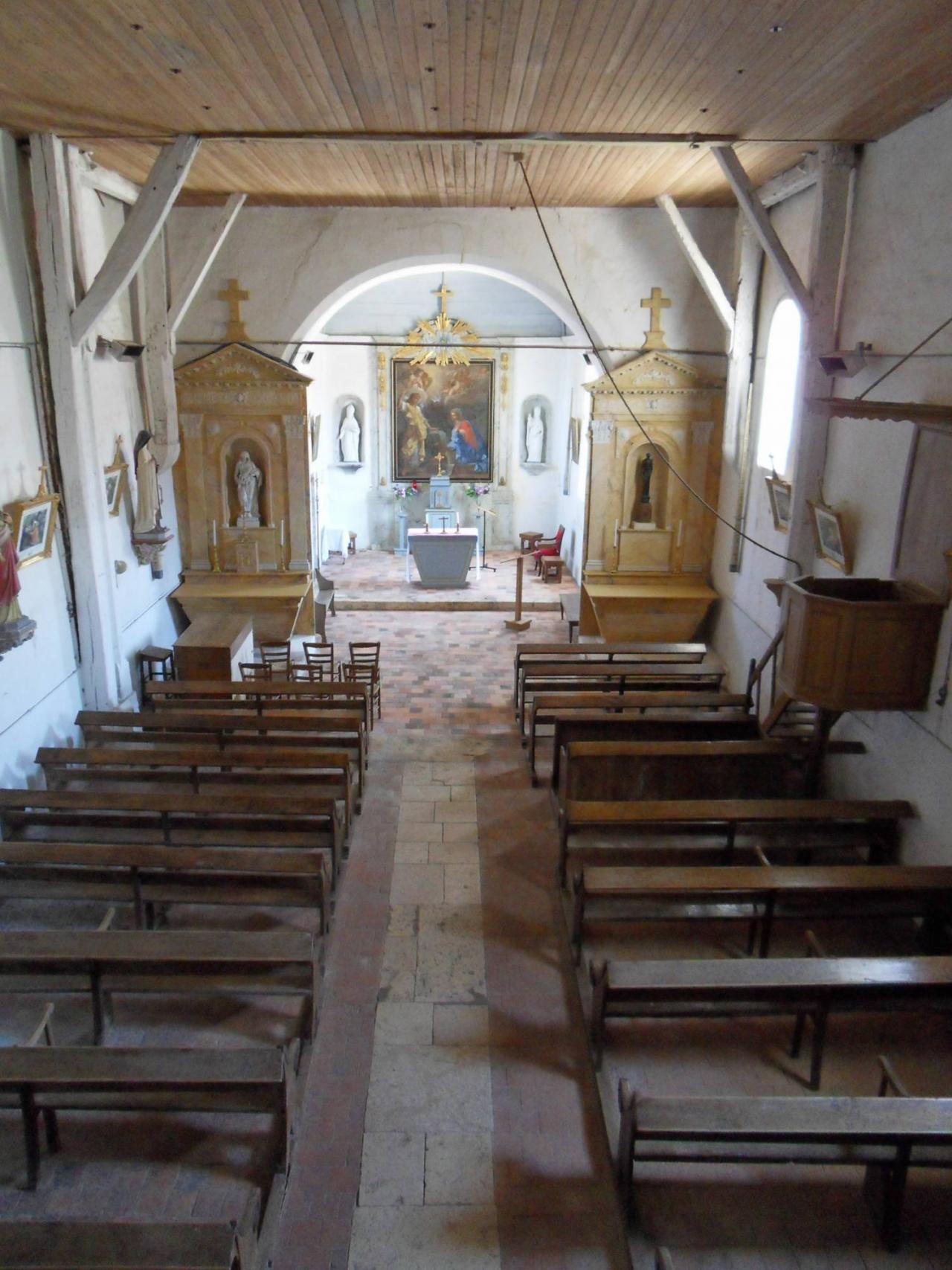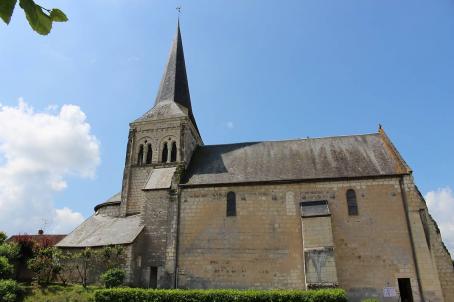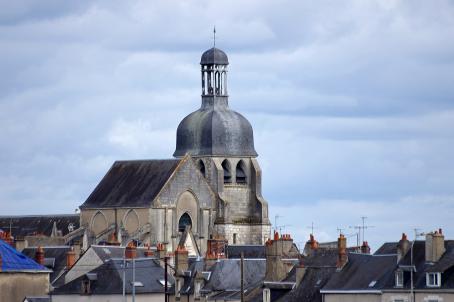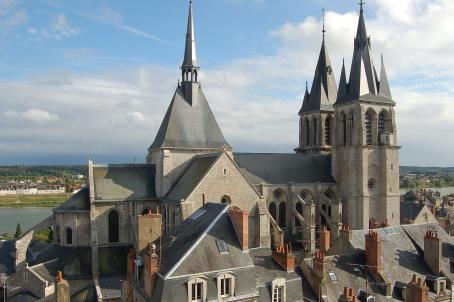Church of Saint-Hippolyte
The Saint-Hippolyte church is located in Oisly, in the Center-Val de Loire region. The building was founded in the late 11th-early 12th century. It is assumed that it was dependent on the nearby Cornilly Abbey. The church is composed of a nave and a narrower choir with a flat chevet and a porch dating from 1850. Several objects are classified as Historical Monuments, including the baptismal font, the altarpiece and the high altar painting and the font.
About this building
The Saint-Hippolyte church is located in Oisly, in the Center-Val de Loire region. It is the only one in Loir-et-Cher to be dedicated to Saint-Hippolyte, a Roman priest born around 170, who was in permanent conflict with the popes as he was considered the best doctor in the Roman church of his time. It is celebrated on August 13th.
The building was founded in the late 11th-early 12th century. It is assumed that it was dependent on the nearby Cornilly Abbey. In the sixteenth and seventeenth centuries, the choir and the nave were rebuilt and a sacristy was added. The church is composed of a nave and a narrower choir with a flat chevet and a porch dating from 1850.
Particularly noteworthy are the large stone slabs of the central aisle of the nave that give this building its authentic character. Several objects are classified as Historical Monuments including the baptismal font, the altarpiece and the high altar painting and the font.






